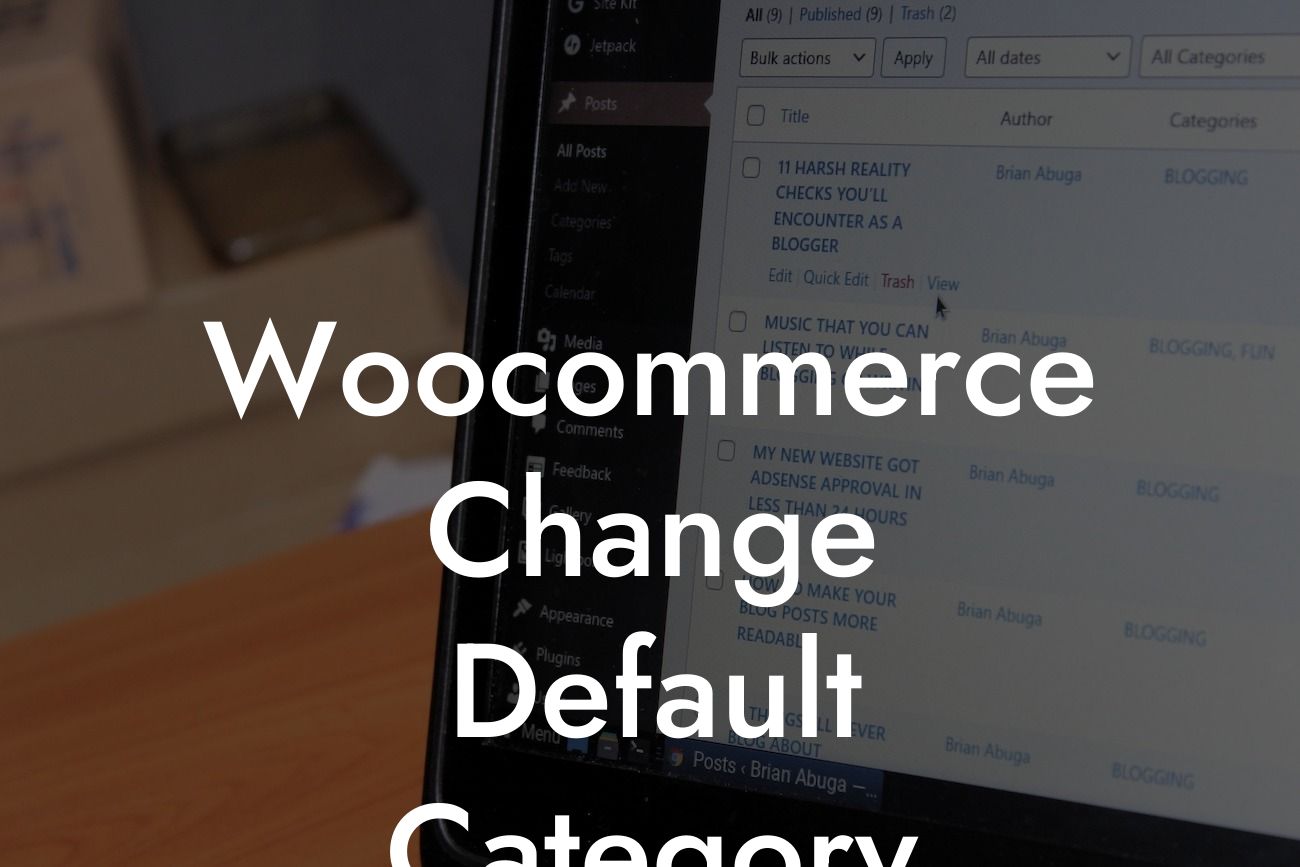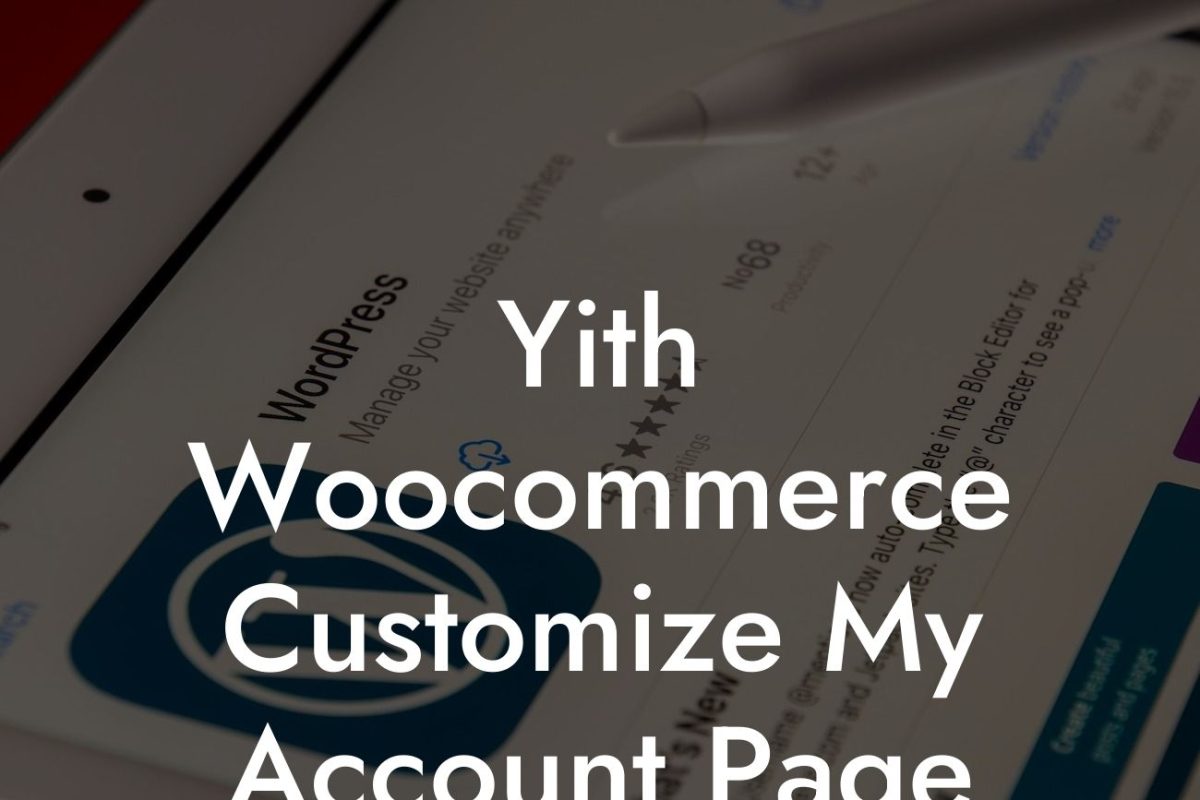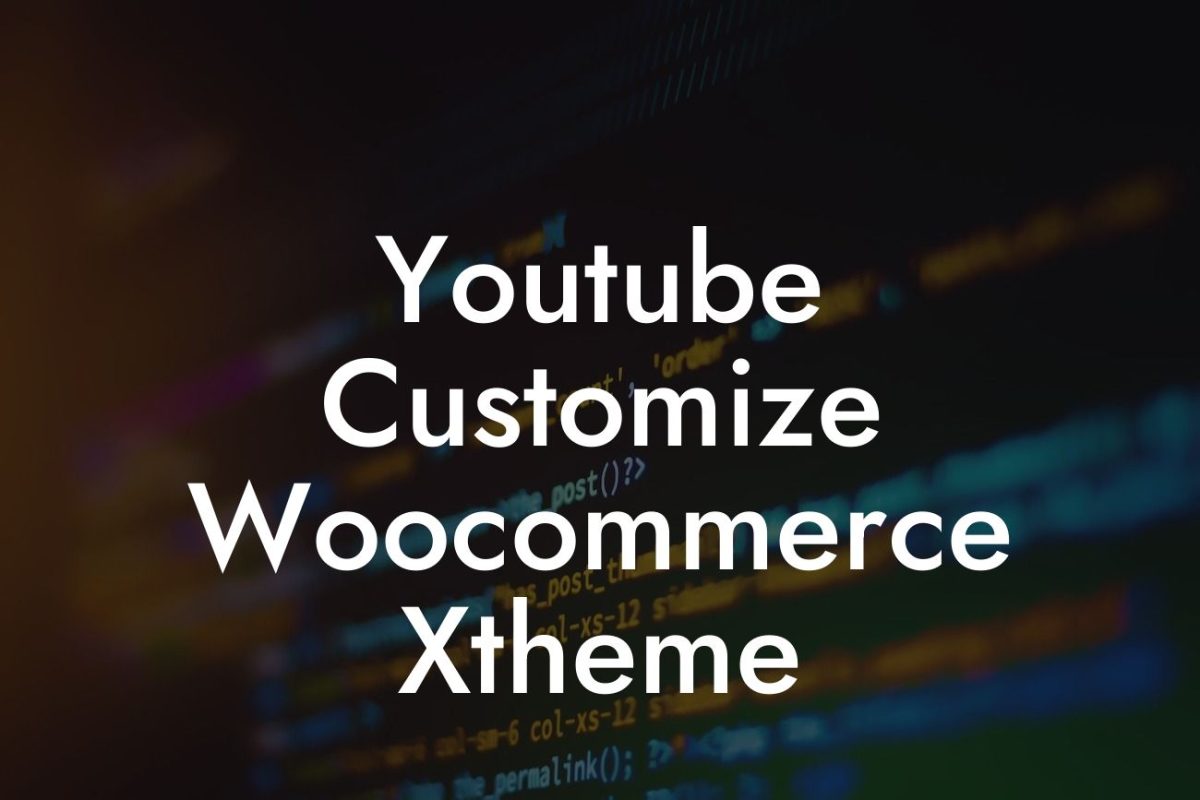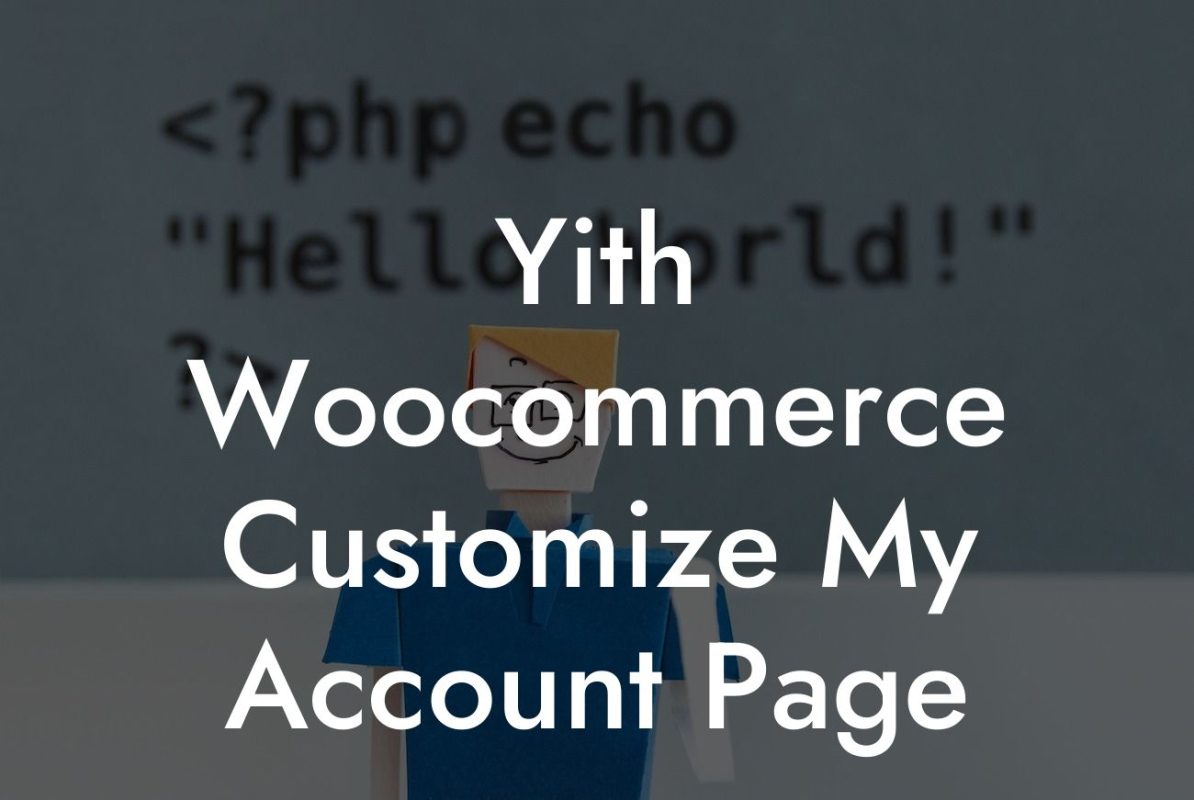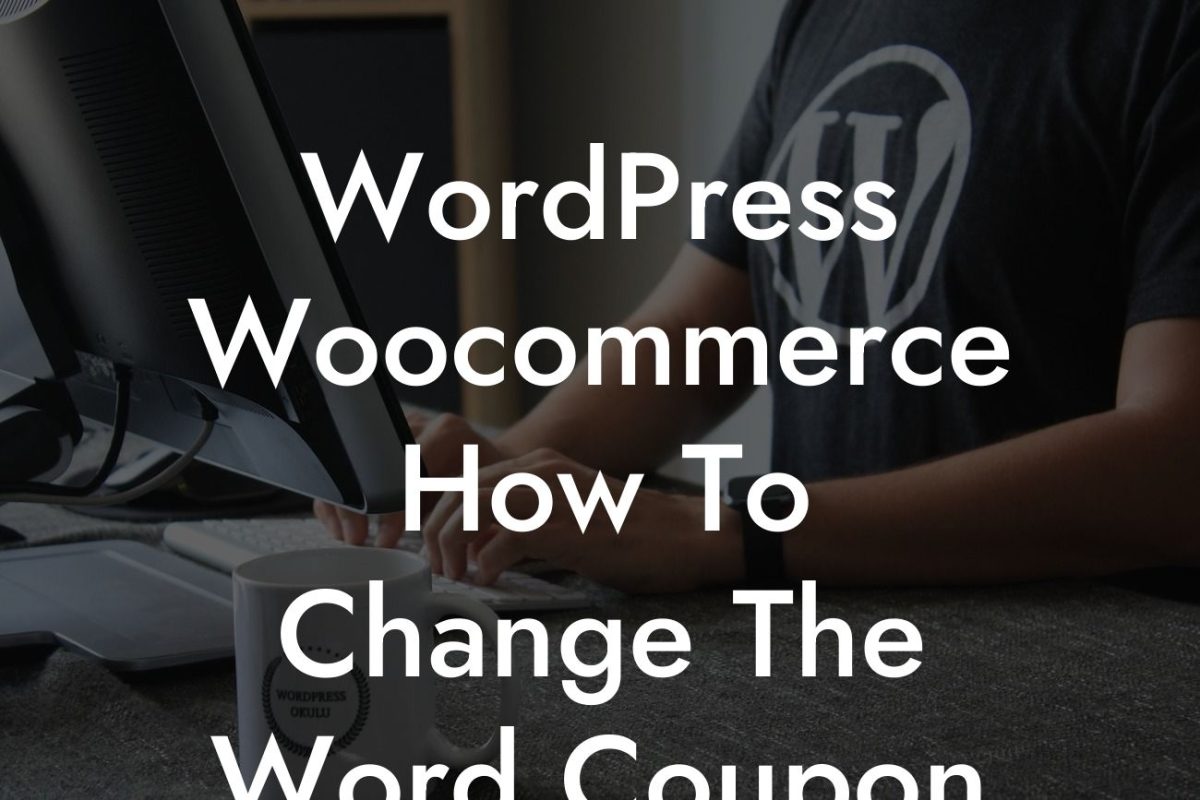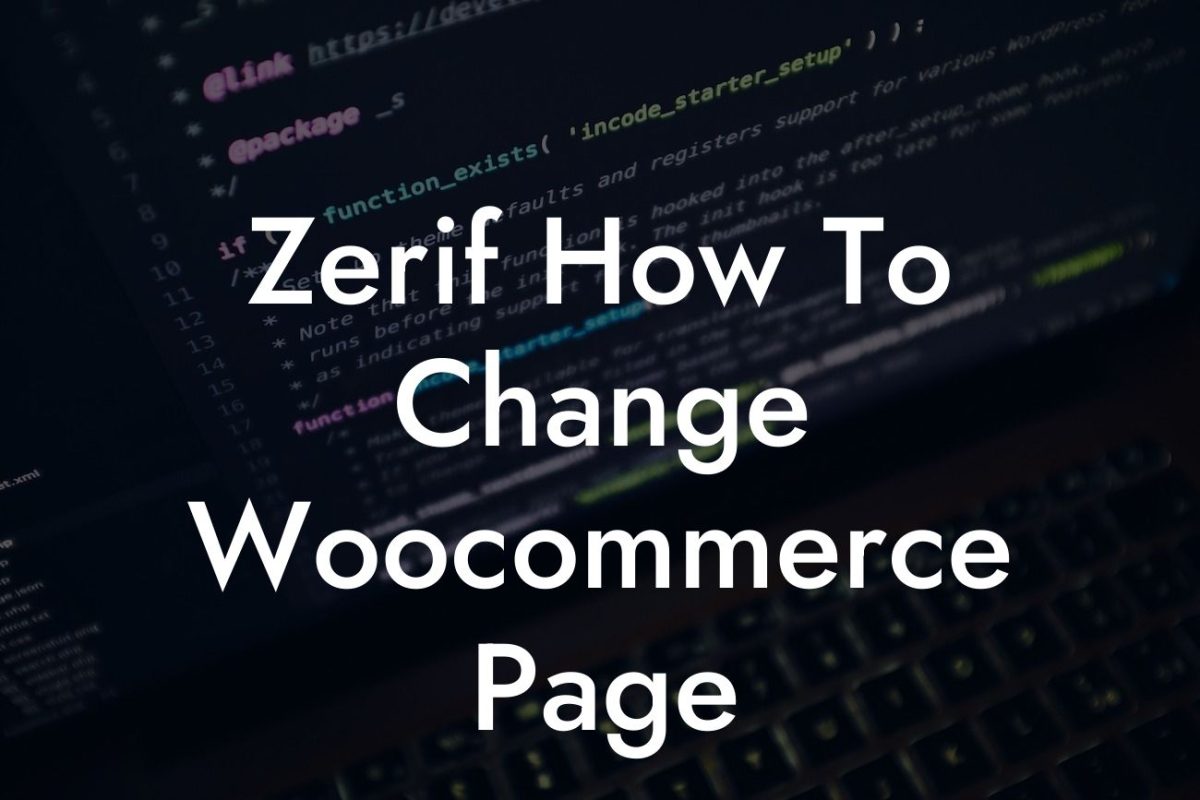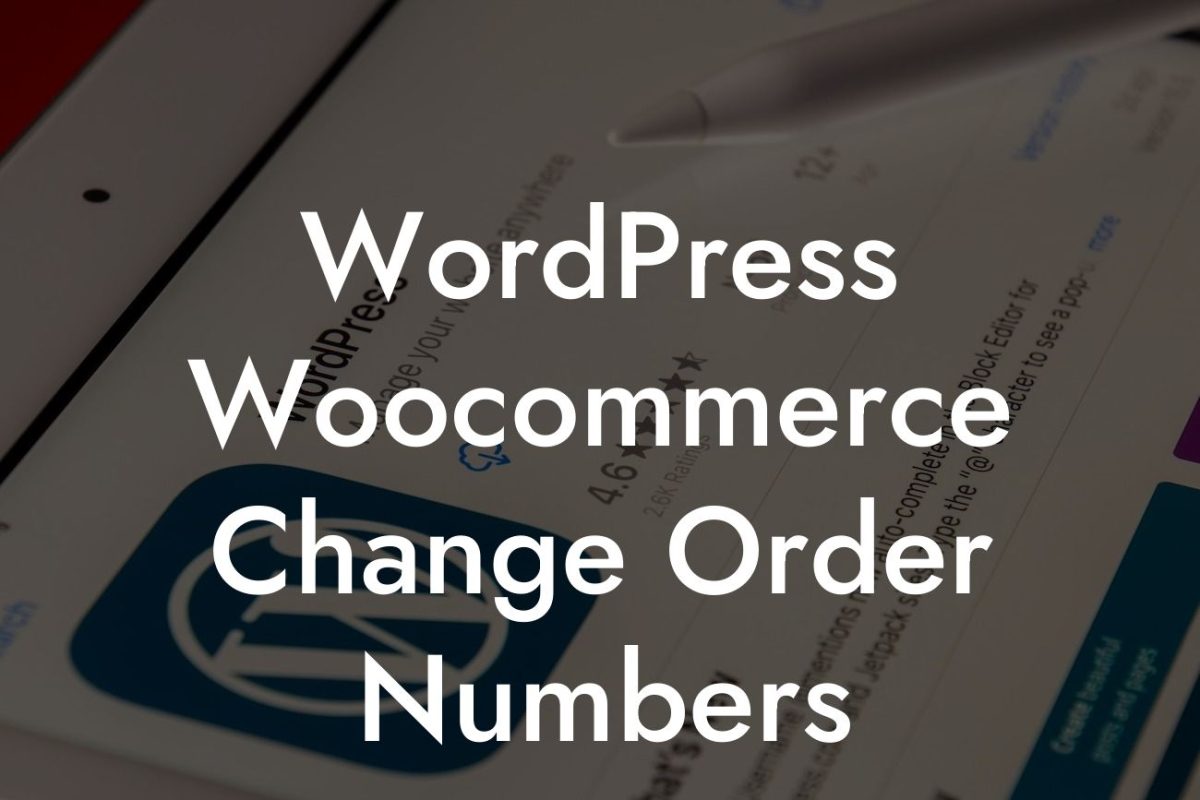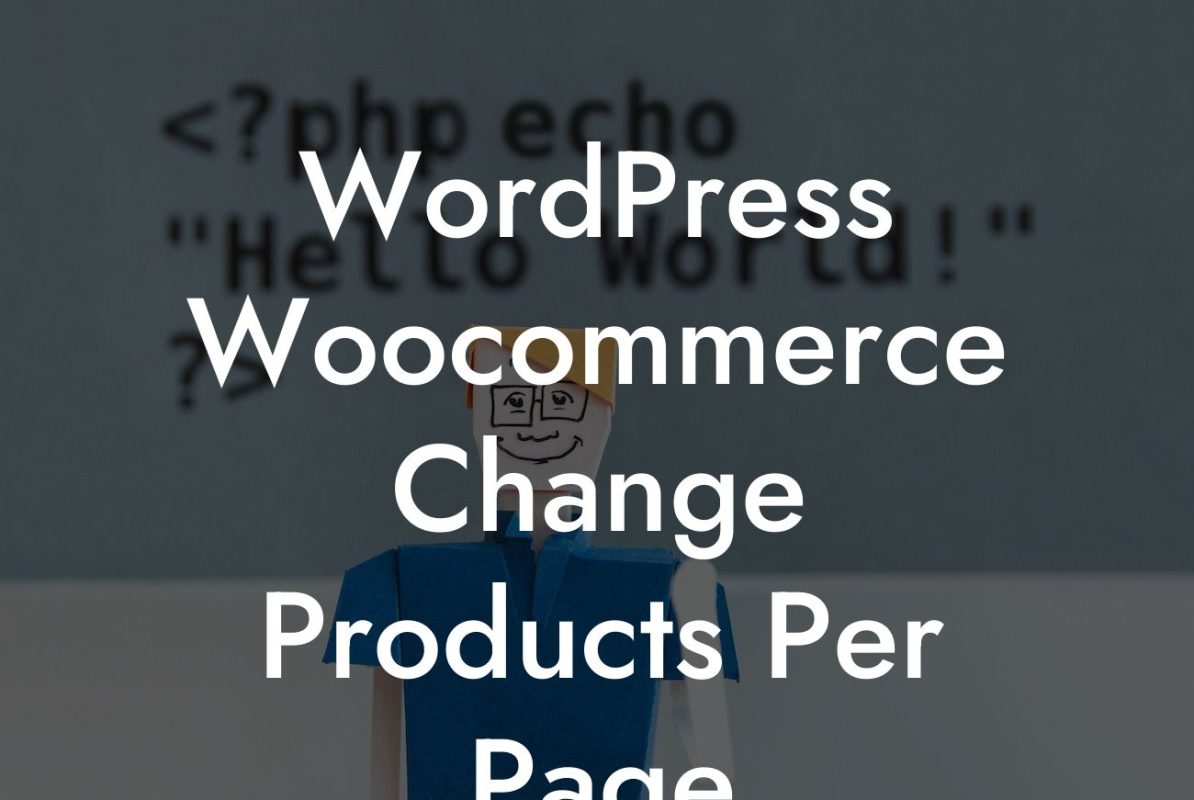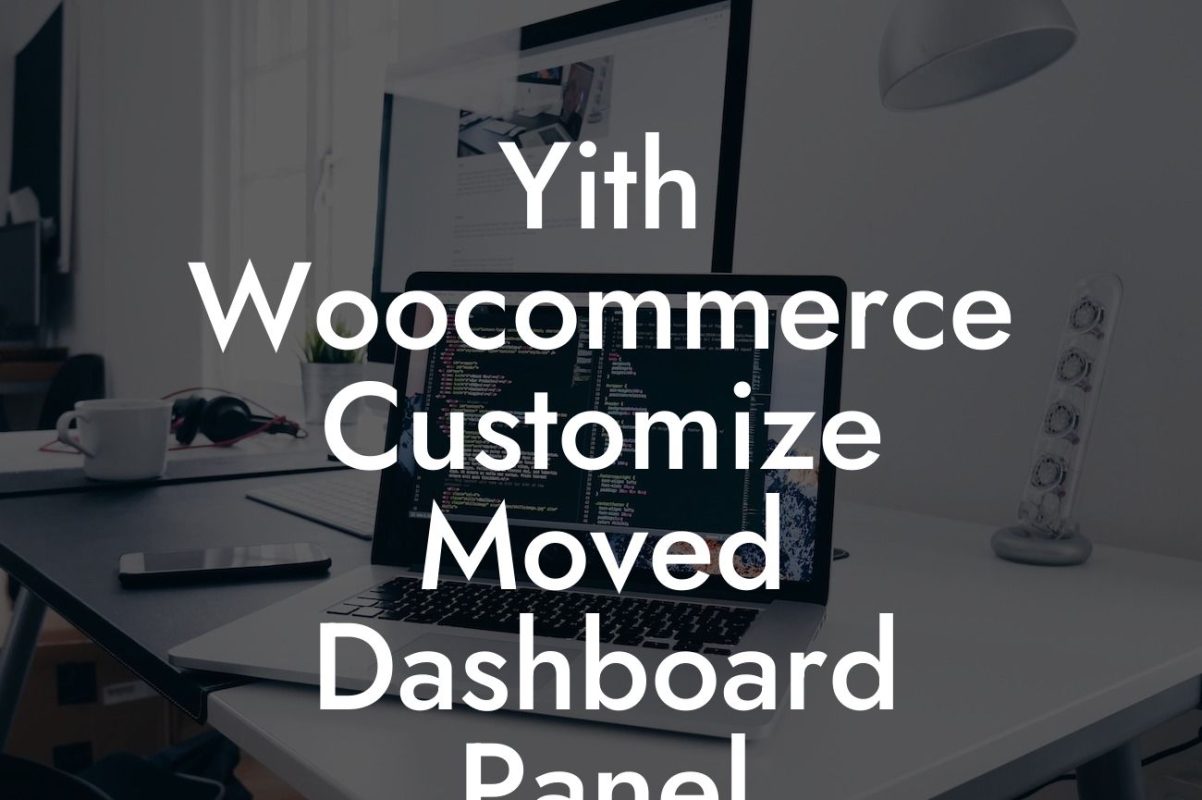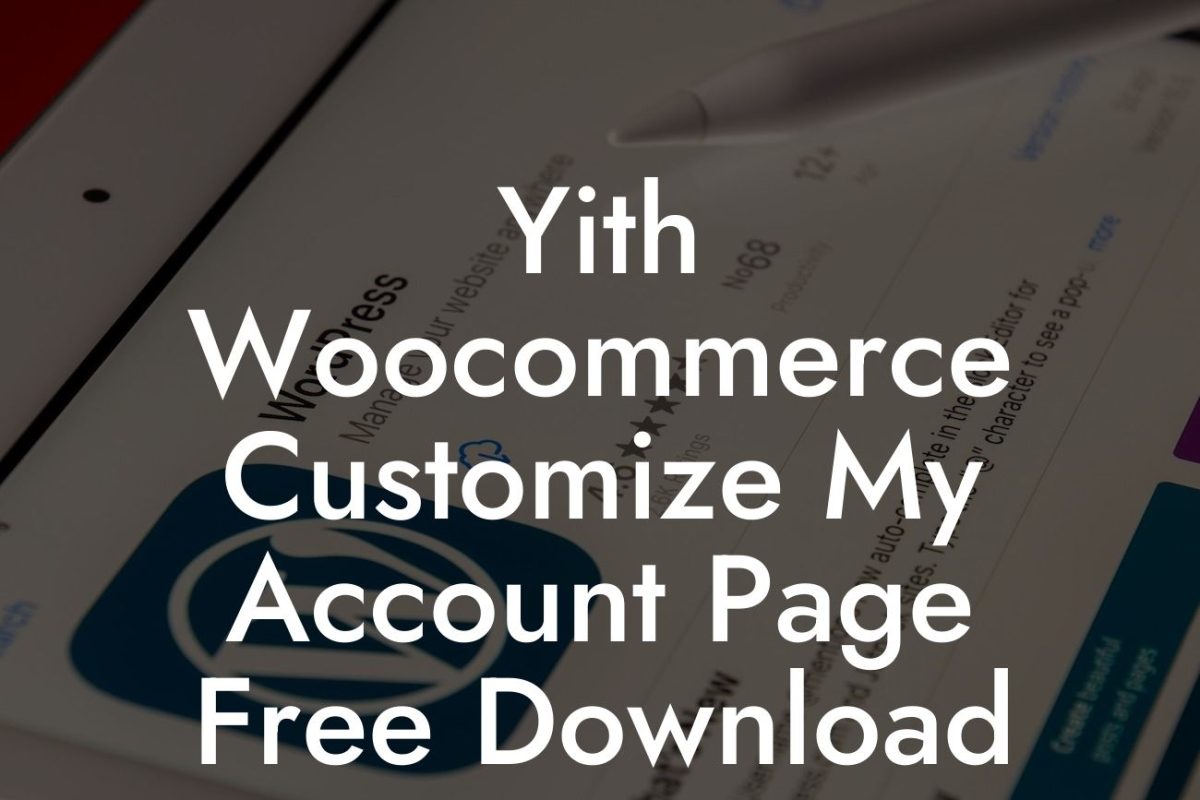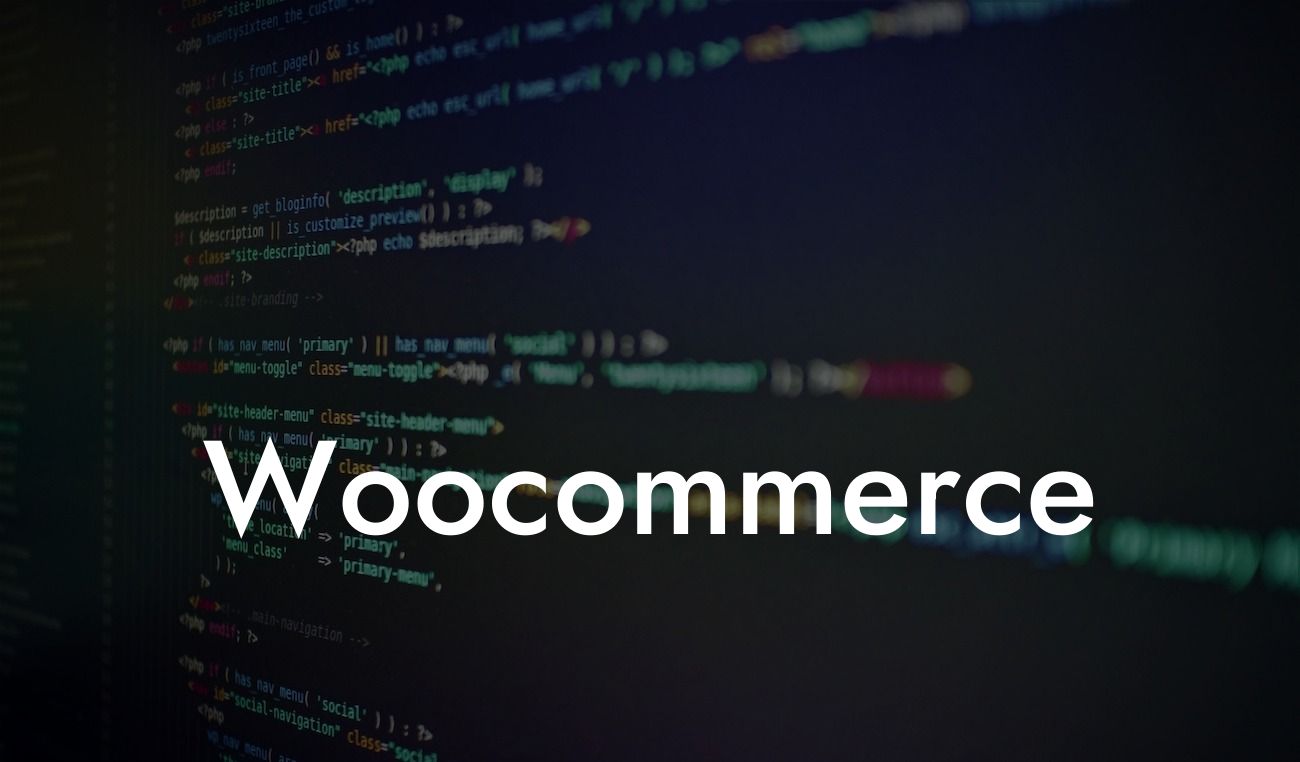Are you a small business owner or an entrepreneur looking to enhance your online presence and boost your success? Look no further! At DamnWoo, we specialize in creating extraordinary WordPress plugins catered specifically for small businesses like yours. In this detailed blog post, we will guide you through the process of changing the default category in WooCommerce, empowering you to customize your online store and create a unique browsing experience for your customers.
Let's dive into the step-by-step process of changing the default category in WooCommerce. Follow these simple instructions to bring a touch of personalization to your e-commerce website:
1. Access the WordPress Dashboard:
Start by logging into your WordPress website's admin panel. This can typically be done by adding "/wp-admin" after your website's URL (e.g., www.yourwebsite.com/wp-admin).
2. Navigate to Product Categories:
Looking For a Custom QuickBook Integration?
Once you are inside the WordPress Dashboard, find the "Products" tab on the left-hand side and click on it. This will open a drop-down menu, where you will see the option for "Categories." Click on "Categories" to access the category management page.
3. Edit the Default Category:
On the category management page, you will find a list of your existing product categories. Look for the category that you want to set as the new default. Hover over the category name, and a list of options will appear. Click on the "Quick Edit" option.
4. Change the Category Slug:
In the quick edit section, you will see several fields, including "Category Slug." The slug refers to the part of the URL that identifies the category. Modify the slug to reflect your desired default category.
5. Update the Category:
After making the necessary changes, click the "Update" button to save your modifications. WooCommerce will now consider this category as the default, and any new products added to your store will automatically be assigned to this category.
Woocommerce Change Default Category Example:
Let's say you own an online clothing store, and you want your default category to be "Women's Clothing" instead of the generic "Uncategorized." By following the steps outlined above, you can easily change the default category to "Women's Clothing." From now on, all new clothing items added to your WooCommerce store will automatically be assigned to the "Women's Clothing" category, making it easier for your customers to browse and find the products they are looking for.
Congratulations on successfully changing the default category in WooCommerce! This small customization will make a significant impact on your online store's user experience. Don't forget to share this article with your fellow entrepreneurs and explore the other helpful guides and resources available on DamnWoo. And while you're at it, why not check out our awesome plugins that can further enhance your online presence? Start supercharging your success today!

